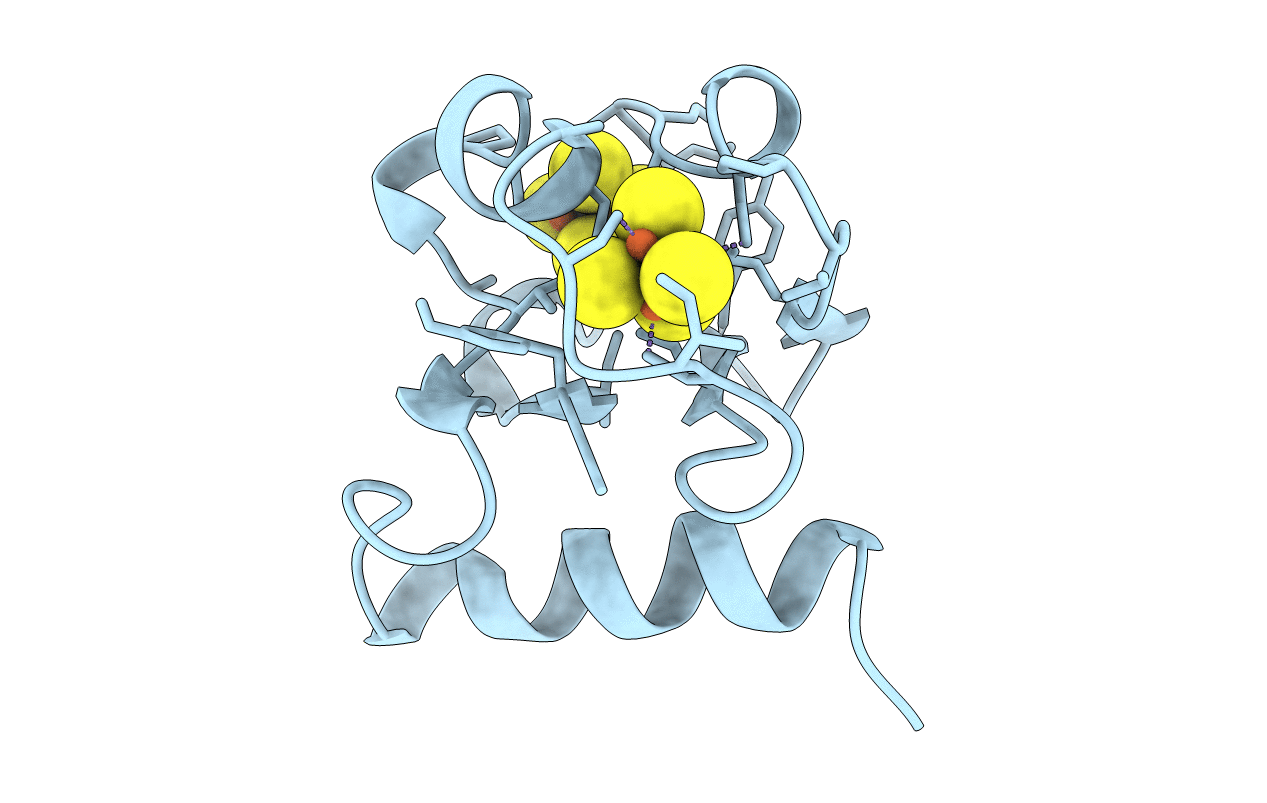
Deposition Date
1998-05-06
Release Date
1998-06-17
Last Version Date
2024-05-22
Entry Detail
PDB ID:
1BD6
Keywords:
Title:
7-FE FERREDOXIN FROM BACILLUS SCHLEGELII, NMR, MINIMIZED AVERAGE STRUCTURE
Biological Source:
Source Organism:
Bacillus schlegelii (Taxon ID: 1484)
Host Organism:
Method Details:


